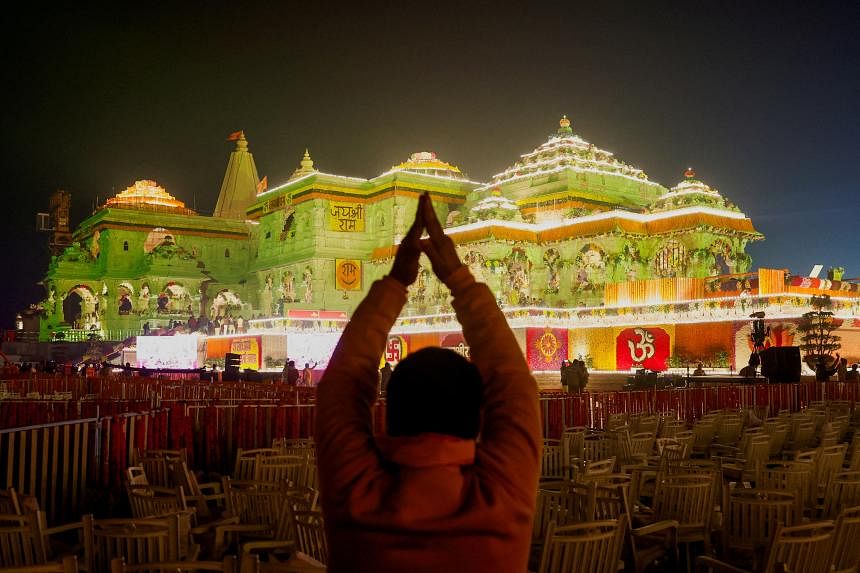For the past week, India’s popular Prime Minister Narendra Modi has been filmed and photographed entering one Hindu temple after another. On Jan 22, he turned priest himself, personally taking part in the consecration ceremony of a massive temple dedicated to the Hindu god Ram, an event he hailed as the dawn of “a new era” for India.
“We take a pledge to build an India that is not just self-reliant, but resonates with grandeur and divinity,” he said, going on to describe the temple as a symbol of peace and harmony.
Already a subscriber? Log in
Read the full story and more at $9.90/month
Get exclusive reports and insights with more than 500 subscriber-only articles every month
ST One Digital
$9.90/month
No contract
ST app access on 1 mobile device
Unlock these benefits
All subscriber-only content on ST app and straitstimes.com
Easy access any time via ST app on 1 mobile device
E-paper with 2-week archive so you won't miss out on content that matters to you


